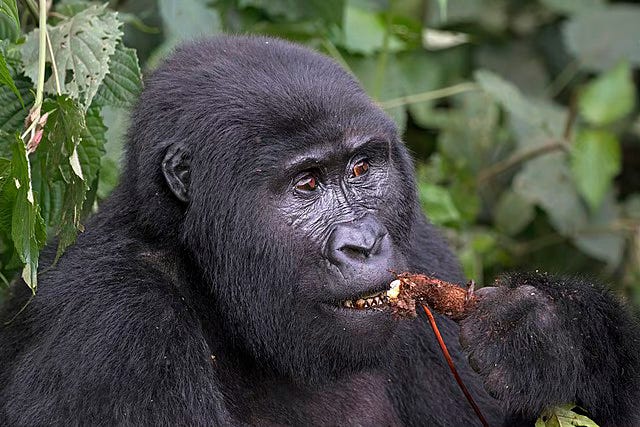Reflections on Life and Mind, Part Six
Self-Generating Life, Cognitive Domains, and Interiority
§51 I think we can grant that a chaotic physical landscape can generate complexity; dynamic structure does indeed arise from disorder of the right kind, and it persists by a kind of disequilibrious momentum. But even then such structure is an accommodation with the insatiable demands of entropy. Those complexities are created by a constant gravitation toward equilibrium, in obedience to the iron law that energy exhaust itself in disorder. They are negotiations between thermodynamic expenditure and various local impediments to that expenditure, which force energy to pursue increasingly convoluted paths toward eventual final repose. But this also dictates certain very strict limits of extension. Purely physical amplifications of structure naturally demand systematic parsimony; they inevitably tend toward energetically conservative periodic repetitions, as in the case of growing crystals, or the fractal patterns of snowflakes, or the hexagonal cells of a honeycomb. The order created is the result of entropic constraints, which produce patterns—and only patterns—that arrest disorder solely by yielding to it coherently, precisely by requiring less energy than any other path past the disequilibrious conditions inhibiting them. This is order created by a process of continuous simplification and energetic subsidence—energy finding a way past sudden turns in the streambed, so to speak: water naturally finding its level, even if it can do so only by a winding course of calms and cataracts and shifting currents. Organisms, however, are actual systems of persistence and self-modification, expending more energy than the mere minimum in order to surmount environmental obstacles, and hence cannot exist save through an active resistance to periodic repetition. It makes no sense to argue that the mere structural emergence of order out of entropic conditions can forge systems that, far from merely negotiating the immediate demands of entropy, actually contrive to thwart those demands, deferring entropic subsidence to as remote a future point as possible by evolving into higher forms of disequilibrious organization, and by pursuing persistence for the sake of persistence as such, through some sort of intrinsic élan. These two kinds of complexity do not exist along a single continuum; the difference between them is a profound causal rupture. And part of that rupture is the sudden appearance of intentionality in the system.
Keep reading with a 7-day free trial
Subscribe to Leaves in the Wind to keep reading this post and get 7 days of free access to the full post archives.




